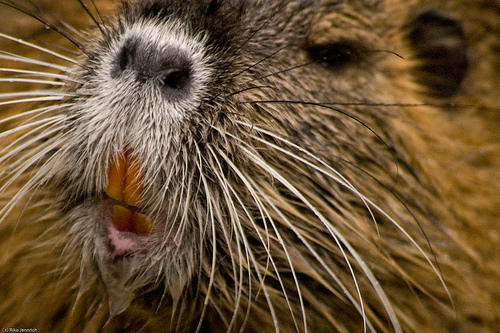Fur farmers brought nutria, the South American rodent, into the United States more than a century ago [PDF] in order to raise the little buggers and harvest their coats. Like anyone destined to become a fur coat would do, many of them escaped into the wilds of the New World and spread far and wide. Now there are droves of them across the country, including along the Gulf Coast, where they escaped from Louisiana fur farms and went feral in the 1930s. And unlike some invasive species, eating them won’t clear them out; Louisiana tried to encourage it in the ‘90s, but everyone found the concept way too gross.
Nutria are still all over the Gulf Coast today. But there are at least 5,000 fewer of them than there were before Hurricane Isaac.
Thousands of dead nutria … washed ashore on beaches during Hurricane Isaac. The dead swamp rats have started to stink and officials say that could cause a health and environmental hazard to people ….
Officials with the Department of Environmental Quality say so far they’ve counted more than 5,000 dead nutria rats on Hancock County beaches, but they say that number could top 10,000 before they all finish washing ashore.
There is a sort of divine justice at work here. Nutria are terrible for wetlands: They scurry around and eat up entire swaths of plants, lessening the protection against hurricanes that these ecosystems offer. Nutria destroy wetlands, hurricanes destroy nutria — it’s like the circle of life, but with more damp rodents.



